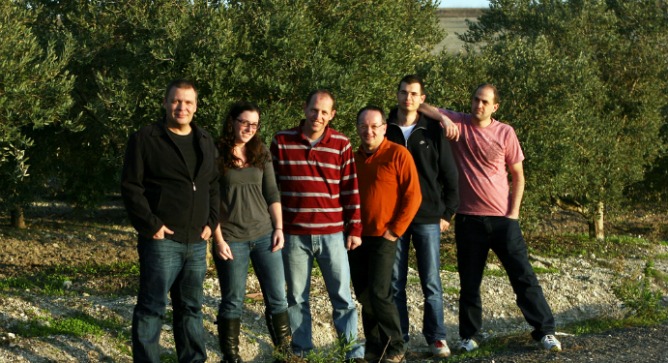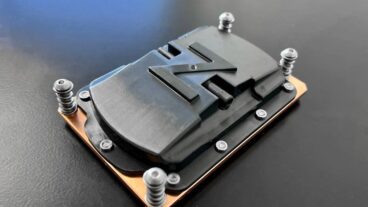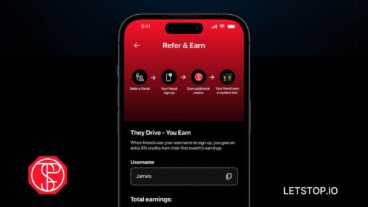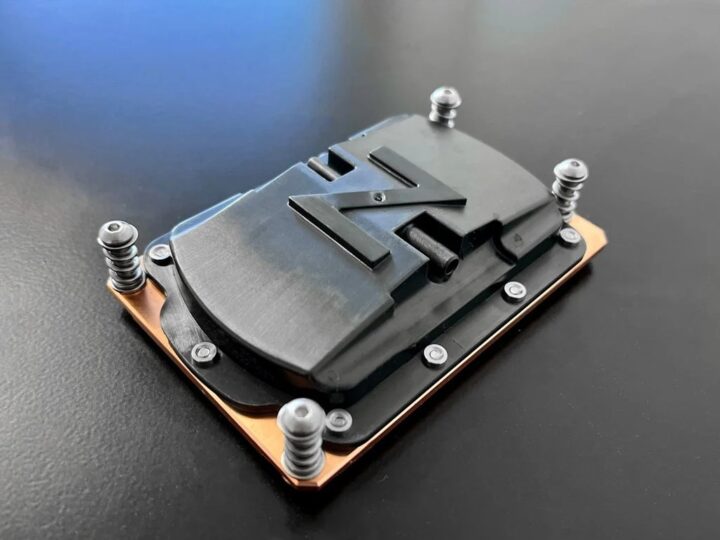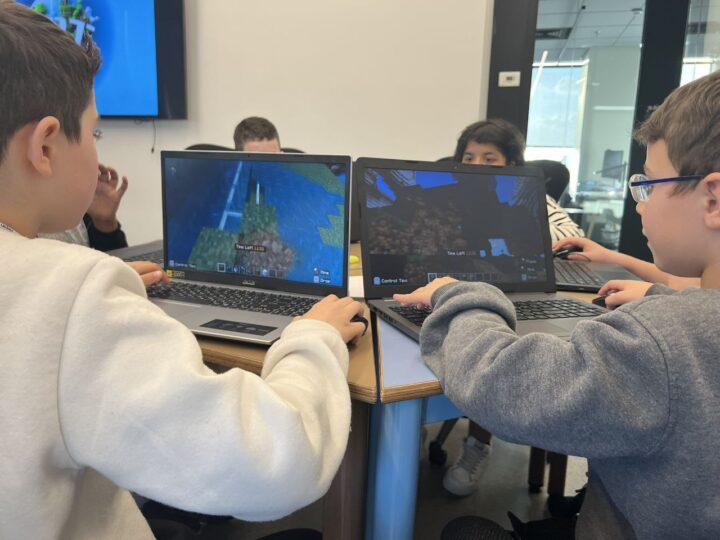Following the do-it-yourself model, a new Israeli startup has its eye on becoming the next Google AdWords for smaller companies. Serial entrepreneurs Rafi Ton and Yoad Gidron founded BannerPlay in June 2012 to give small-to-medium businesses “a chance to stand out and shine in the crowded world of online advertising.”
Call them the IKEA of banner advertisements. BannerPlay has come up with a technology that allows firms to create affordable ads that look good by clicking stuff together.
Spread the Word
• Email this article to friends or colleagues
• Share this article on Facebook or Twitter
• Write about and link to this article on your blog
• Local relevancy? Send this article to your local press
“The general idea is to provide small businesses with a set of tools that were only available to big-brand advertisers,” Ton tells ISRAEL21c. “The most important aspect is to have professional-looking banners regardless of the campaign.”
BannerPlay created professional templates for interactive banner adverts using a pay-per-click (PPC) model. The code is all in HTML5 so the ads can be seen on any browser, any smartphone and any tablet.
“BannerPlay is an end-to-end solution, giving advertisers a chance to build and control an entire campaign with any budget they have. Our banners can embed highly addictive games and social media widgets that catch viewers’ attention for rocketing conversion rates. BannerPlay offers publishers an opportunity to enjoy our banners’ success and monetize from them on their own websites,” according to the company’s mission statement.
Revolutionizing banner ads
Counting years of experience in telecommunications, mobile, marketing and monetization, Ton left his post at Casual Mobile – which specializes in design, development and marketing of mobile applications and services for companies with enormous budgets – to start his ad network for lower-key advertisers and publishers. He and Gidron worked together in the past when they co-founded NewACT, which they later sold to Amdocs.
The DIY model comes into play once a company purchases the BannerPlay technology. They’re then offered templates that can be modified in real time. Moreover, it’s easy to embed YouTube videos, contact forms, social media widgets or games into the banner.
“The concept is the same as Google AdWords, just ‘click click click’ and you have a professional-looking banner ad,” says Ton.
He adds that the Israeli technology saves costs on hiring a designer to create the banner, buying the media and purchasing an analytic tool to get statistics. BannerPlay buys the ad space online and places the banners on websites.
“We’re taking care of the whole process,” he says.
But BannerPlay isn’t putting graphic designers or developers out of a job. Just the opposite.
“We’re very community driven. We have a program for graphic designers and game developers [whereby] they can register to our system and contribute their designs. Every time their template is used they will get a share of the revenue,” explains Ton. “We’re bringing fresh designs and also supporting the designers.”
Click-through rate to envy
BannerPlay counts some 1,000 clients on its roster so far, but the click-through rate (CTR) of its banner ads is what will really raise eyebrows.
CTR is considered an important statistic in the business and is measured according to the number of clicks an ad receives divided by the number of times the ad is shown. Ton reports an almost unheard of CTR of two to three percent in the BannerPlay system.
Former Thomson Reuters CEO Tom Glocer recently invested $100,000-150,000 in the company, bringing BannerPlay’s total investment to $800,000-$850,000, from angel investors. “I have confidence that the traction that BannerPlay has already achieved in Israel can be replicated in larger markets such as the US. In particular, I believe BannerPlay has a big opportunity to server the small and medium size business which is currently not well addressed by existing solutions,” Glocer told Globes.
BannerPlay, says Ton, wants to wipe out unexciting banner ads, get rid of pop-up and pop-under banners that obscure whatever you’re trying to read, and make badly designed flashy ads a thing of the past.
“We’re competing with Google AdWords but we’re not trying to beat them at their own game,” says Ton. “Conceptually, we’re competing for small advertisers. We’re trying to offer a new service. We’re taking a small advertiser and bringing him to the prime time of the Internet.”




